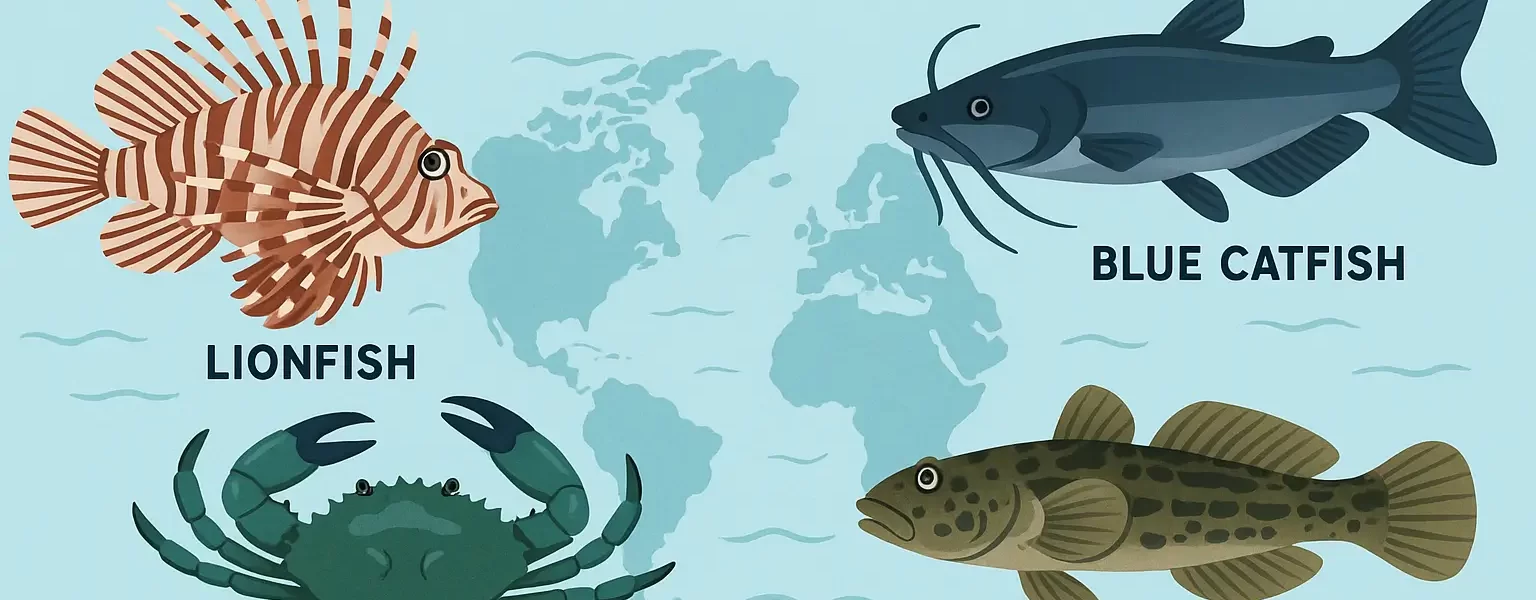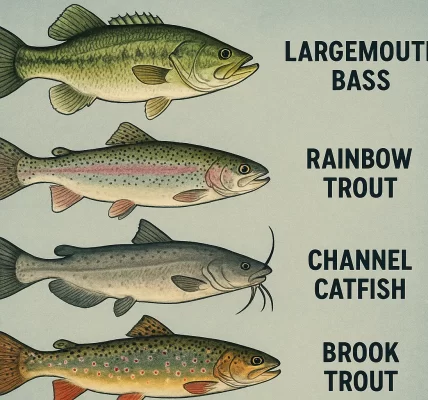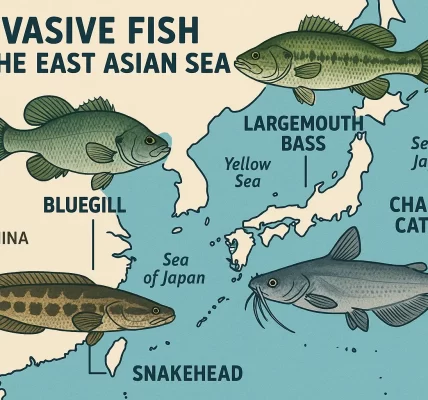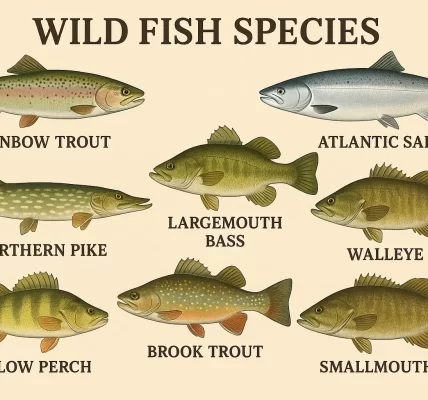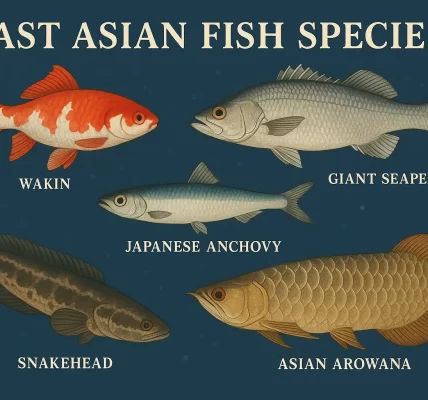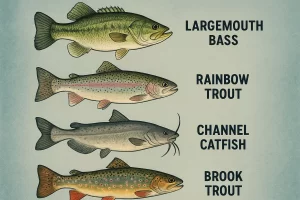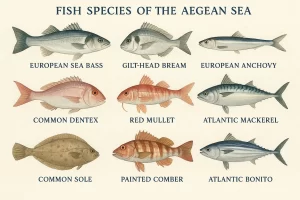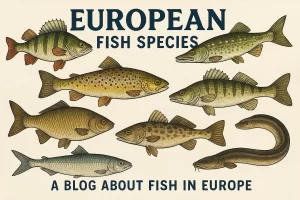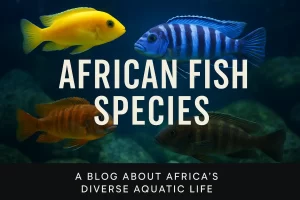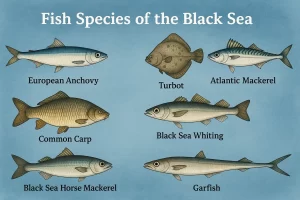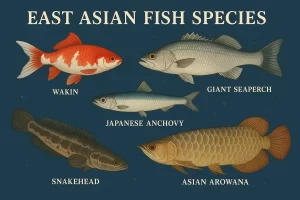Invasive Species in the Atlantic Ocean
Invasive Species in the Atlantic Ocean: A Hidden Threat to Marine Ecosystems
The Atlantic Ocean is one of the world’s most expansive and biologically diverse bodies of water. Stretching from the Arctic to the Southern Ocean, the Atlantic supports countless ecosystems and plays a crucial role in global climate regulation, fisheries, and biodiversity. However, the rise of invasive species in the Atlantic Ocean poses a serious threat to its ecological balance and economic stability. This article examines how invasive species enter the Atlantic, highlights key invaders, and explores their environmental and economic impacts.
What Are Invasive Species?
Invasive species are non-native organisms that are introduced to an ecosystem where they are not naturally found. Without natural predators or environmental checks, they often proliferate quickly, disrupt food chains, outcompete native species, and cause significant ecological and financial damage. In marine environments like the Atlantic, invasions are often hard to detect until damage is already underway.
Common Vectors of Invasion
- Ballast Water Discharge: Commercial ships often carry organisms in their ballast tanks, releasing them into foreign waters at ports.
- Aquaculture and Live Trade: Species used in fish farming or aquarium trades may escape or be released into the wild.
- Natural Dispersal via Currents: Some species travel long distances naturally, aided by warming waters and shifting ocean currents.
Notable Invasive Species in the Atlantic Ocean
1. Lionfish (Pterois volitans and Pterois miles)
Native to the Indo-Pacific, lionfish were introduced to the western Atlantic via aquarium releases. Their rapid spread along the U.S. East Coast, Gulf of Mexico, and the Caribbean has devastated native reef fish populations. They reproduce year-round and feed voraciously on juvenile fish, threatening coral reef ecosystems.
2. Green Crab (Carcinus maenas)
Originating from Europe, the green crab is now well established in North America’s Atlantic coastline. It preys on shellfish and small crustaceans, causing declines in local crab and bivalve populations. It also damages eelgrass beds, vital habitats for many marine species.
3. Asian Shore Crab (Hemigrapsus sanguineus)
First spotted on the U.S. East Coast in the 1980s, this crab has spread rapidly. It competes aggressively with native crabs for space and food, particularly in intertidal zones. Its high tolerance for temperature and salinity makes it difficult to contain.
4. Comb Jelly (Mnemiopsis leidyi)
This translucent, gelatinous predator is native to the western Atlantic but became invasive in the eastern Atlantic and Black Sea due to ballast water transfer. It consumes plankton at alarming rates, disrupting food chains and affecting commercial fisheries.
Environmental and Economic Impacts
Invasive species disrupt the natural balance of the Atlantic in multiple ways:
- Biodiversity Loss: Native species populations decline due to predation, disease transmission, and competition.
- Fisheries Decline: Many invasive species consume the juveniles or prey of commercially important fish, leading to smaller harvests and economic loss.
- Habitat Alteration: Some invaders degrade or destroy habitats such as coral reefs, seagrass beds, or estuaries.
- Economic Costs: Billions of dollars are spent annually on monitoring, managing, and mitigating the effects of marine invasive species globally.
Prevention and Control Strategies
1. Ballast Water Management
Stricter regulations and technologies, such as onboard treatment systems, are being implemented to reduce the number of organisms transported via ballast water.
2. Rapid Response Systems
Early detection is critical. Countries bordering the Atlantic are improving surveillance, data-sharing, and response protocols to prevent establishment of invasive species.
3. Public Awareness and Citizen Science
Fishermen, divers, and boaters play an important role in spotting and reporting new invasive sightings. Educational campaigns enhance prevention efforts.
4. Targeted Removal
In some areas, invasive species like lionfish are being controlled through organized fishing, removal events, and the promotion of lionfish as a food source.
Conclusion
The growing presence of invasive species in the Atlantic Ocean is a complex and pressing environmental issue. While total eradication is rarely feasible, a combination of prevention, monitoring, public engagement, and international cooperation can help manage the threat. By protecting the Atlantic’s native biodiversity, we ensure the long-term health of one of the most important marine ecosystems on Earth.

